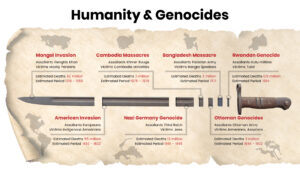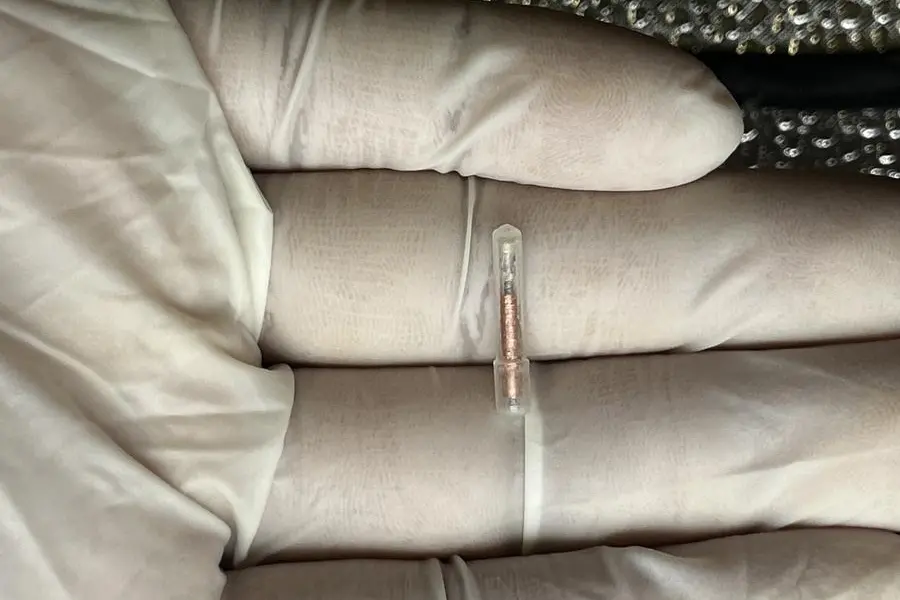Paris, France – Yemen’s Iran-backed Huthi rebels have emerged bruised but defiant from a blistering US bombing campaign, cementing their role as one of the Middle East’s most powerful non-state actors after a truce with Washington.
The Huthis, who control swathes of Yemen, have launched missiles and drones targeting Israel and Red Sea shipping throughout the Gaza war, saying they act in solidarity with Palestinians.
They paused their attacks during a recent two-month Gaza ceasefire, but in March threatened to resume targeting international shipping over Israel’s aid blockade on Gaza.
The move triggered a response from the US army, which hammered the rebels with near-daily air strikes starting March 15 to keep them from threatening shipping in the key waterways.
“It is at best a very unstable agreement. The Huthis’ ambitions in the Red Sea against Israel and in the region in general will not wind down,” said Thomas Juneau, a Middle East specialist at the University of Ottawa.
“This allows President Trump to claim victory, but ultimately, it is a very limited” win, he said.
‘Doubly resistant’
The Yemeni rebels have framed the ceasefire as a victory, regularly announcing throughout the escalation that they shot down MQ-9 drones and at least three F-18 aircrafts.
These losses highlight “billions spent by the US,” said Mohammed Albasha, of the US-based Basha Report Risk Advisory, noting that “none of their senior commanders were harmed”.
The recent agreement failed to curb the Huthis’ ambitions.
“On the ground, anti‑Huthi forces lacked the capacity to conduct ground operations without Emirati and Saudi backing,” Albasha said.
“Both Gulf states publicly opposed a ground offensive given their ongoing understandings with the Huthis,” he added.
The group operating out of hard-to-access mountain strongholds has withstood a decade of war against a well-armed, Saudi-led coalition.
“The nature of Huthi rule and how they operate makes them doubly resistant to air strikes,” said Michael Shurkin of the Royal United Services Institute (RUSI) think tank.
“The Huthis as an organisation are dispersed and rely on tribal networks. They are classic guerrilla fighters and proficient at asymmetrical warfare,” he added.
Iran links
The Huthis have become Iran’s strongest ally after the Palestinian Hamas group and Lebanon’s Hezbollah were decimated in wars with Israel.
“Their importance has increased,” said Juneau, adding that they had become “more indispensable in Iran’s eyes”.
Clara Broekaert, a researcher at the Soufan Center, said “the current pause presents a strategic opportunity for the Huthis to rearm and reposition”.
But the rebels have retained a certain autonomy from their Iranian backer.
A senior member of the Revolutionary Guards is part of one of the Huthis’ essential decision-making bodies, according to Juneau.
Tehran provides them with “missile and drone technologies, military and intelligence support” but the rebels are “not puppets acting at Iran’s whim”, he said.
“Dependency works both ways” between Iran and the rebels, he said, adding that “this gives the Huthis significant bargaining power”.
Camille Lons, a policy fellow at the European Council on Foreign Relations, said the group allows Tehran to “maintain pressure points, retain regional assets and networks in Yemen”.
Weapons
Relatively unknown a decade ago, the Huthis have remained largely under the radar of Western intelligence services.
Their attacks, often with home-assembled drones and missiles, are simple but effective, dramatically reducing Red Sea shipping volumes as cargo companies have avoided the route.
It is difficult to assess the extent of their arsenal or how badly the latest US campaign has affected their military capacities.
“The assumption is that the knowhow for the sophisticated weapons come from Iran,” said Jeremy Binnie of British private intelligence firm Janes.
“Some local manufacturing is taking place to reduce the burden on the smuggling networks, although the extent that is happening isn’t particularly clear,” he said.
The Conflict Armament Research (CAR) group said the group was “attempting to use hydrogen fuel cells to power their” drones. If the experiment is succesful, they would be the first non-state actor to do so.
“This is no longer a small group manufacturing underdeveloped weapons,” Lons said, underlining the increased “complexity of what the Huthis are capable of producing by themselves”.








